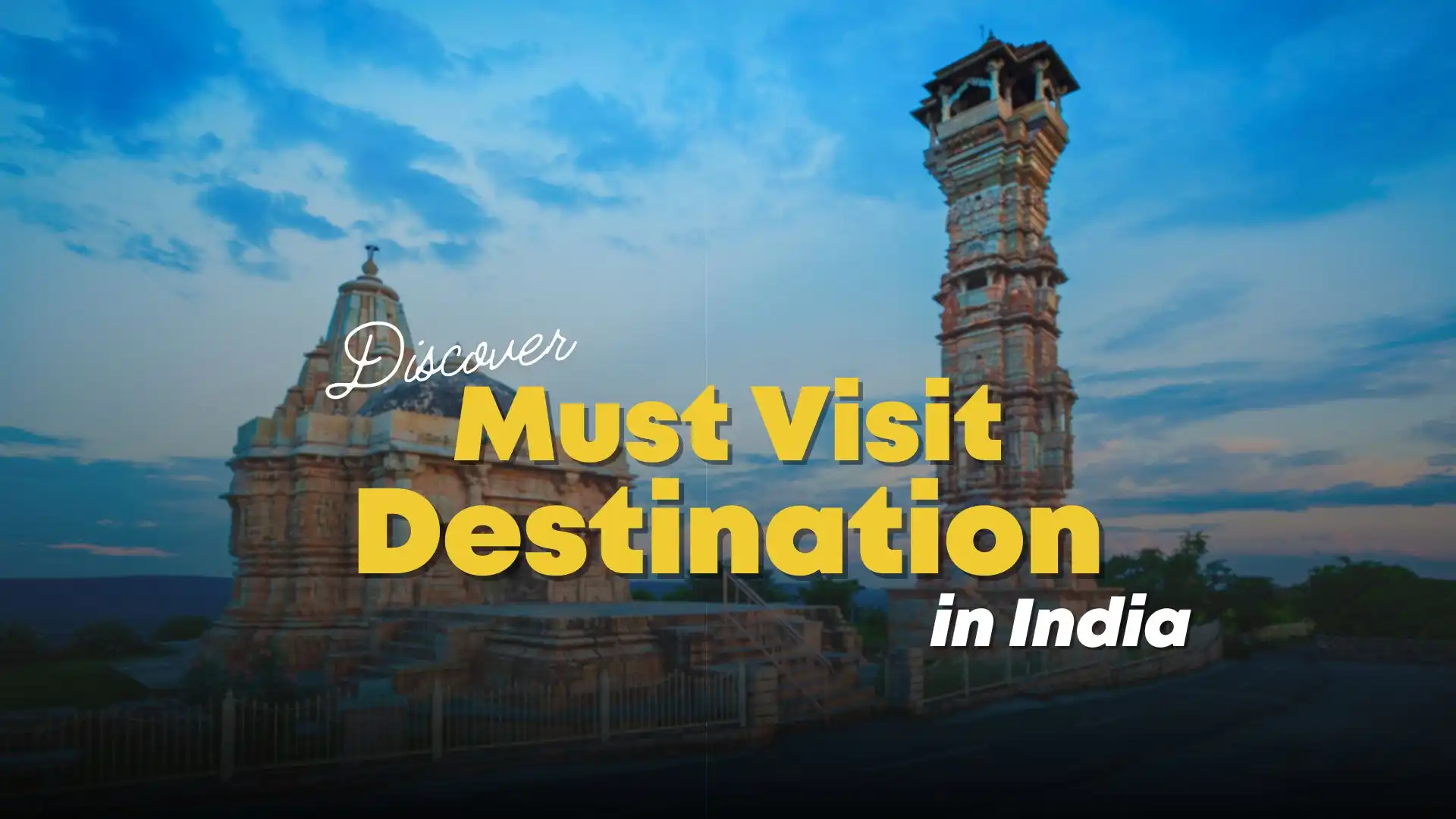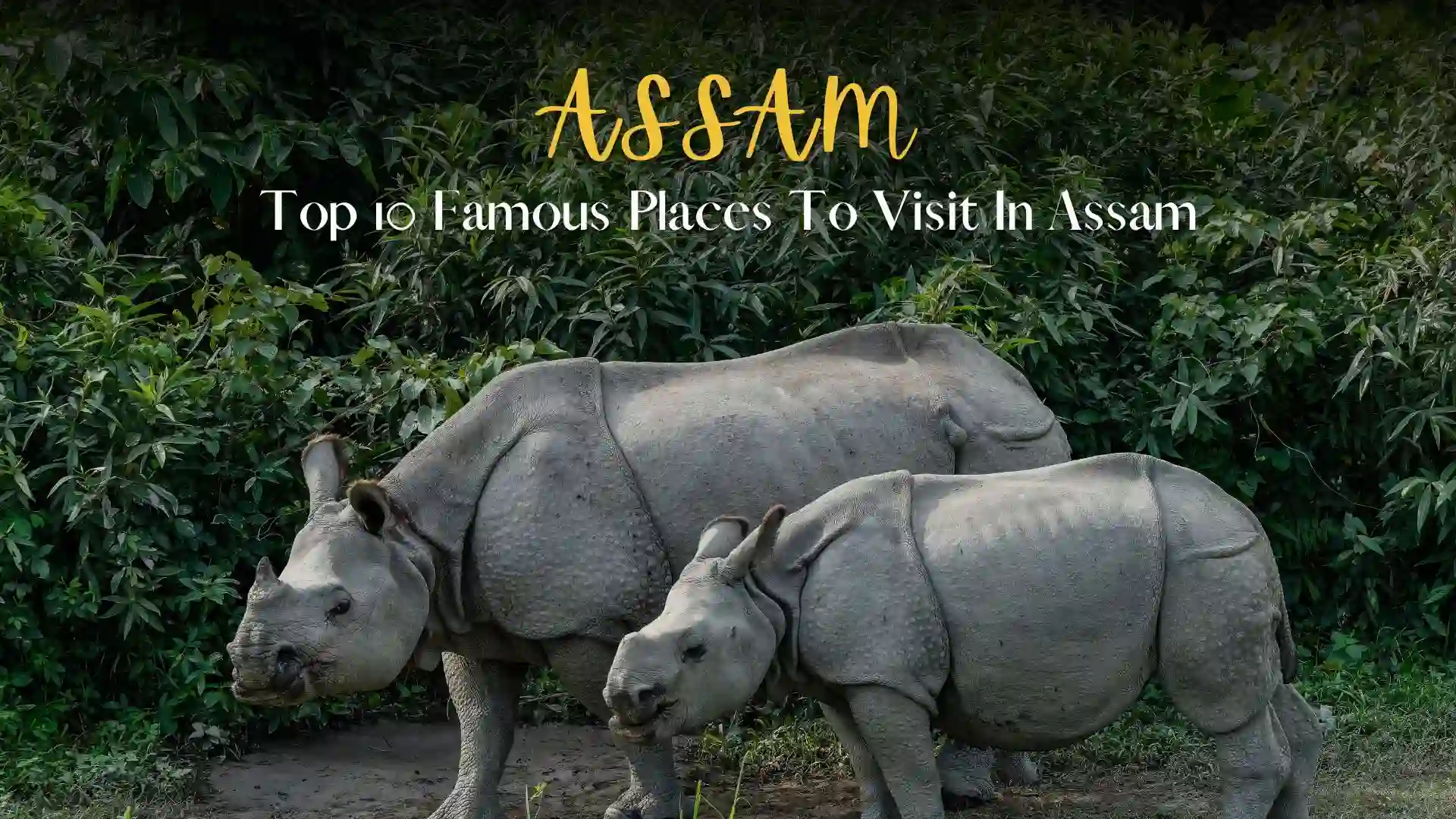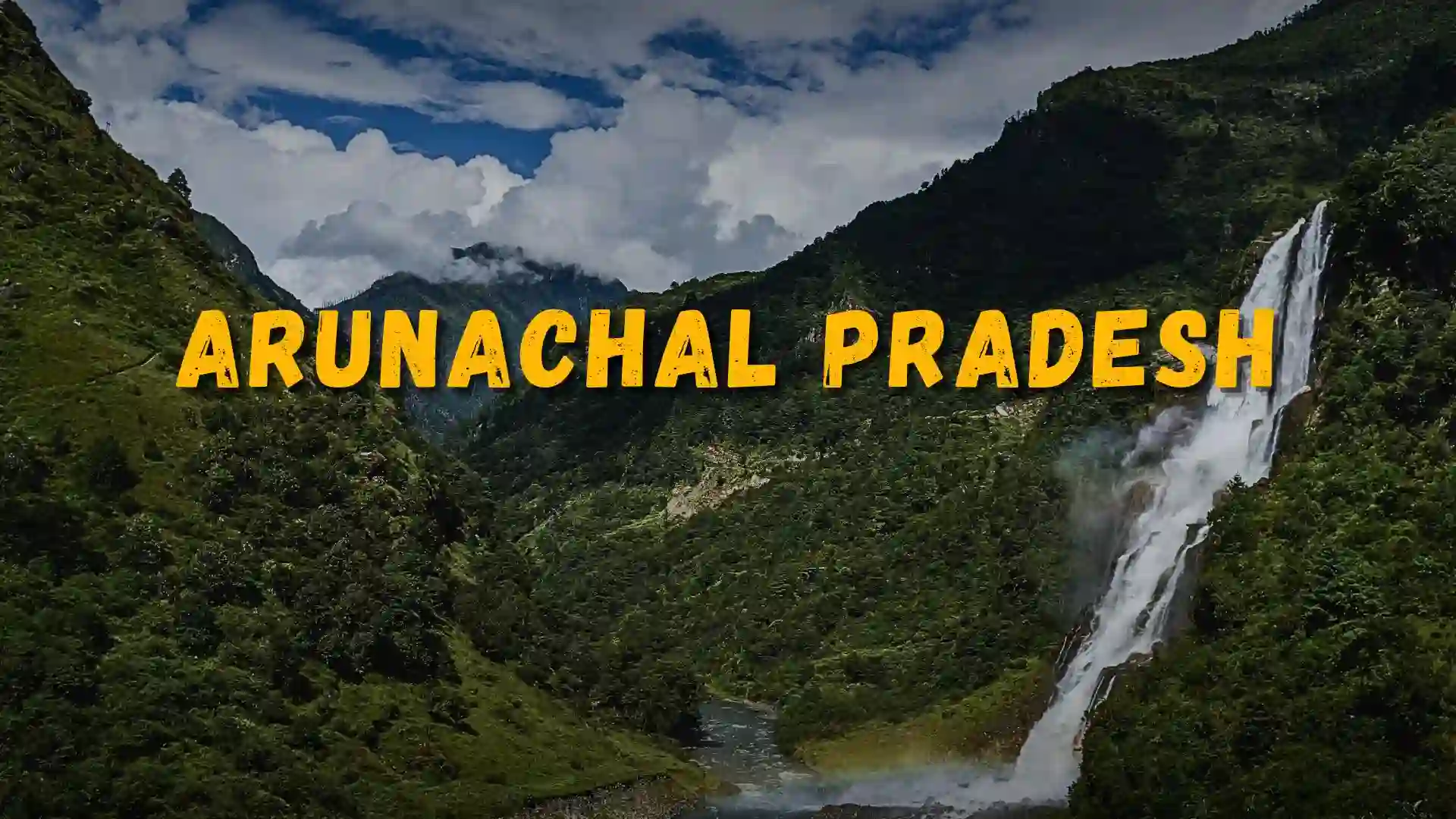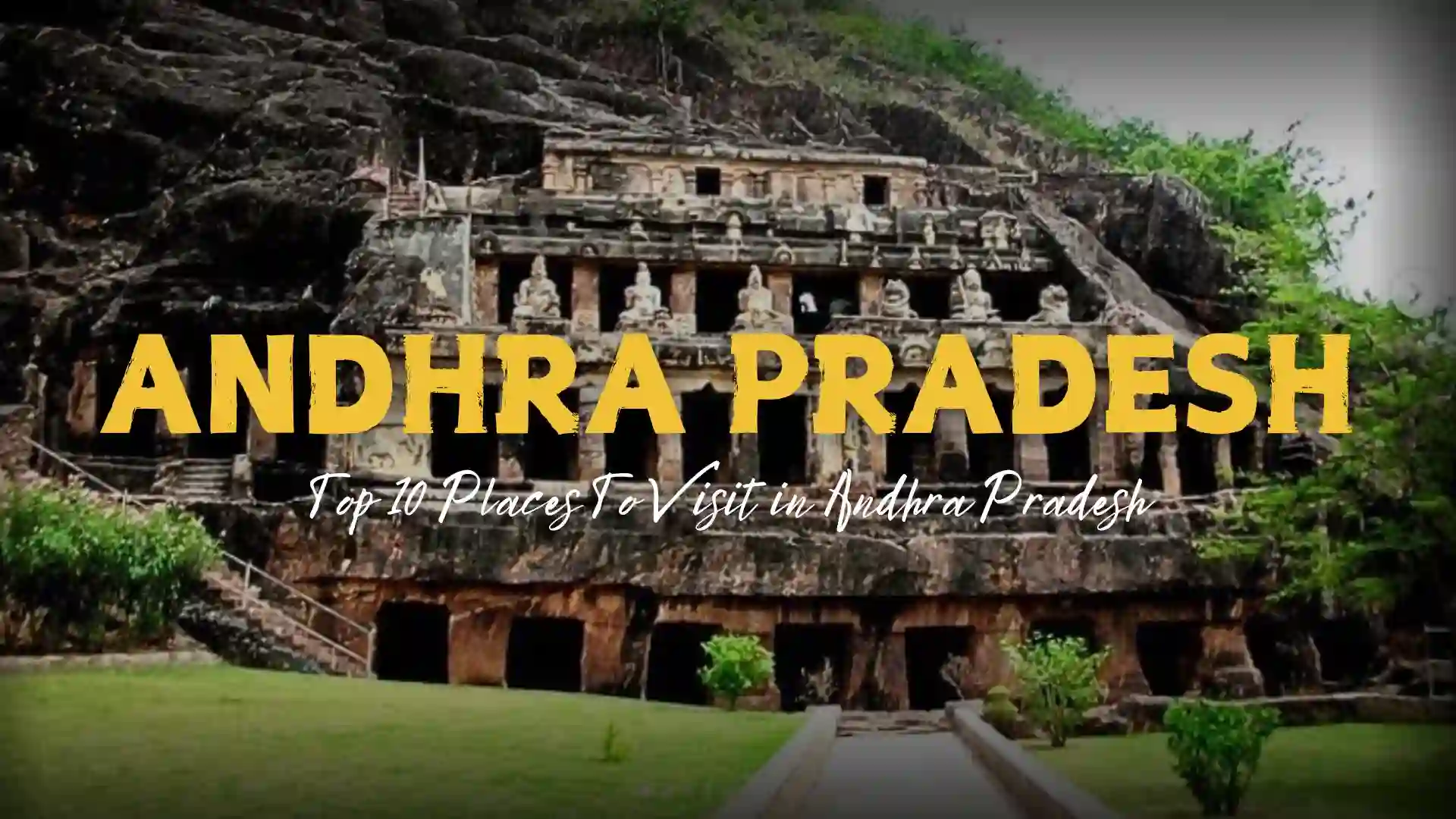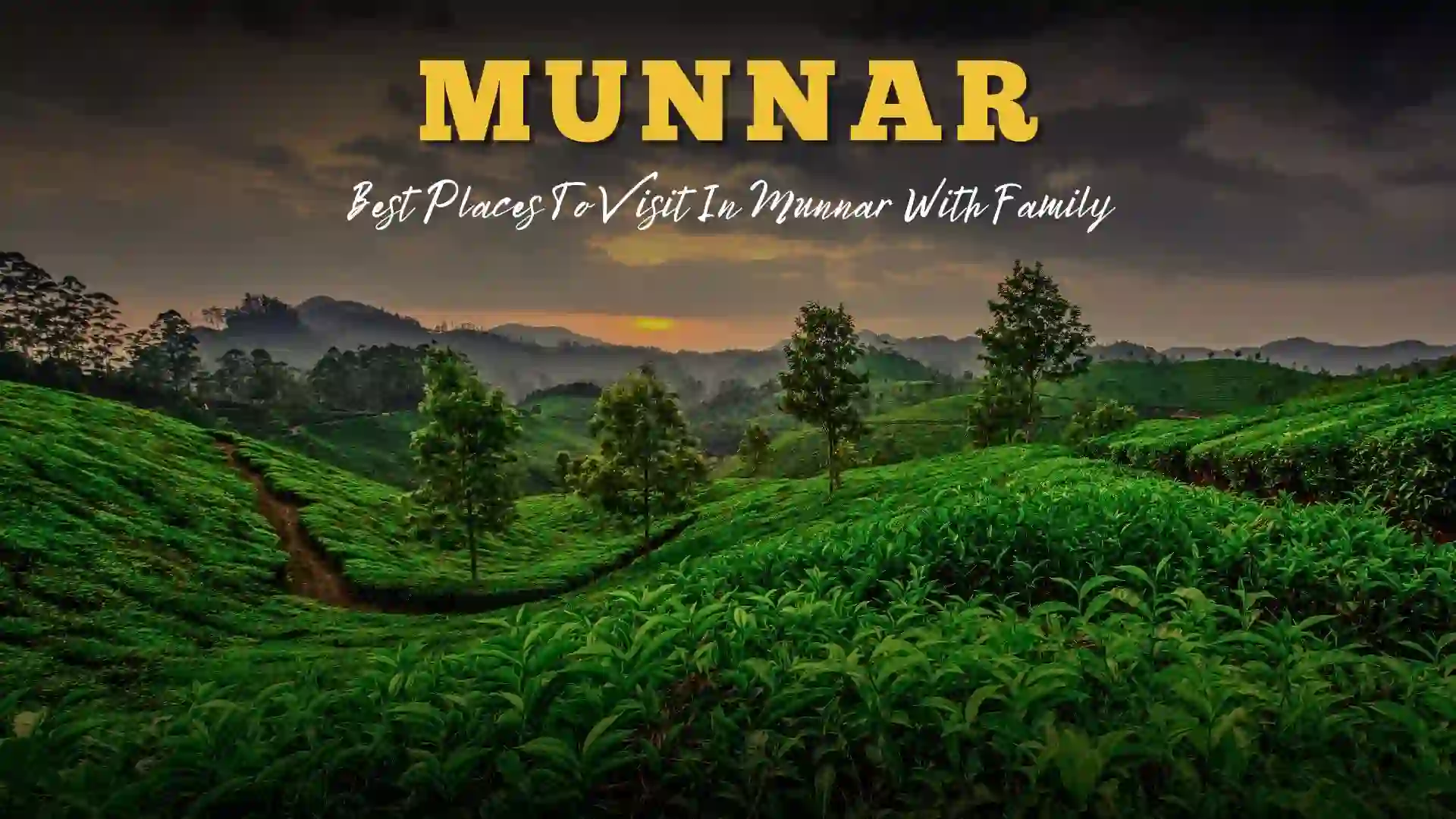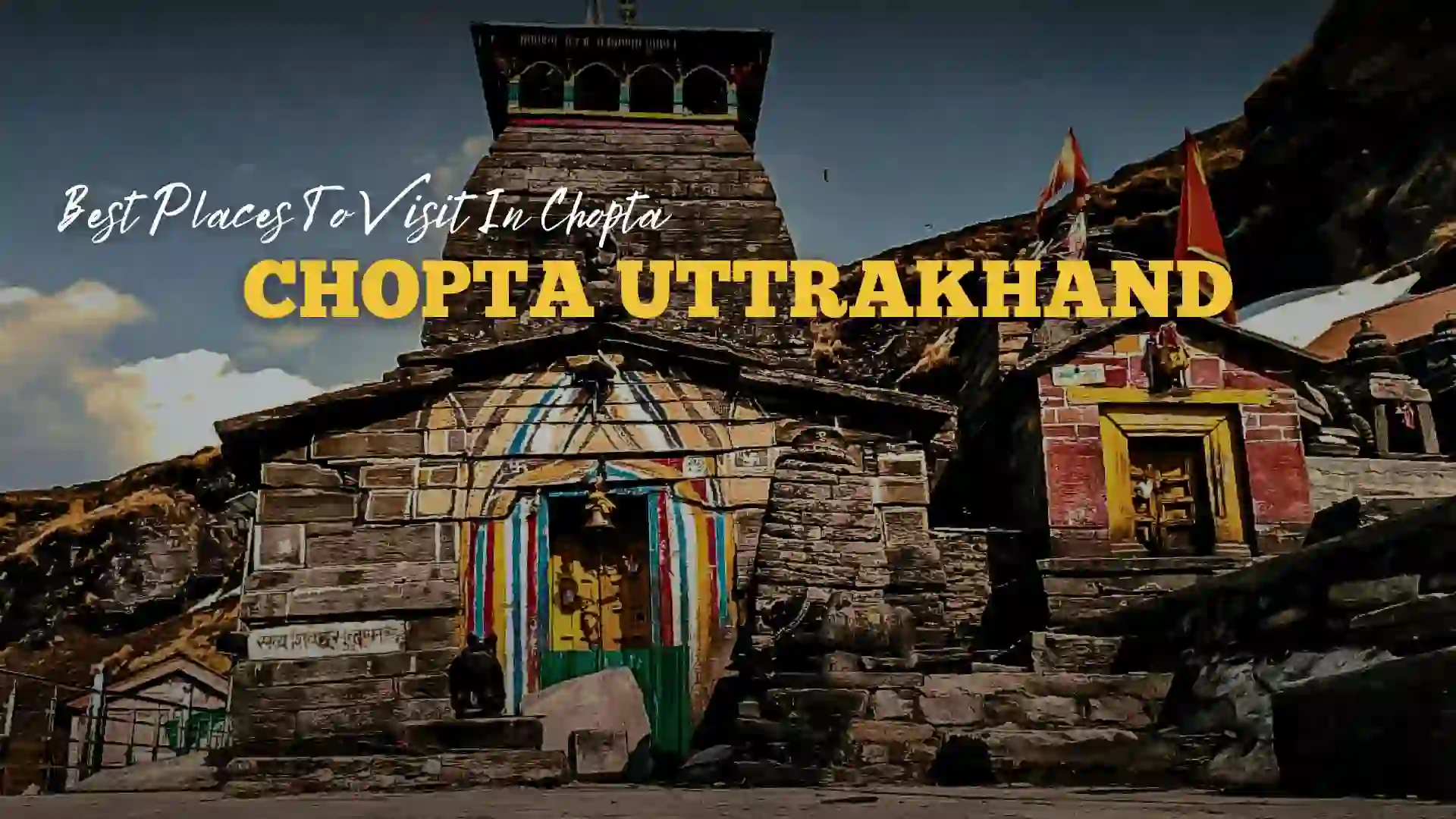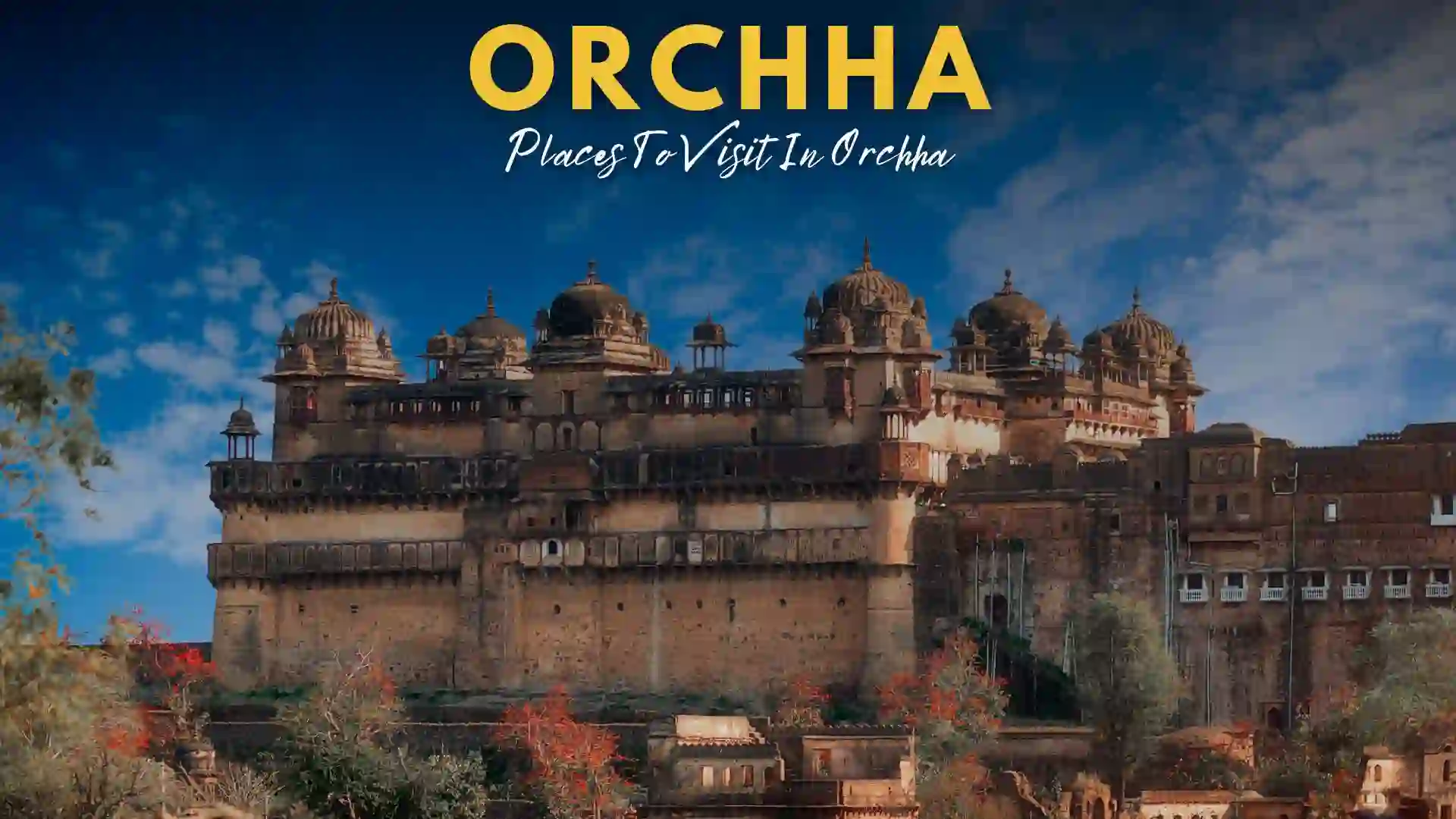Top 10 Must-Visit Destinations in India
India is a land of incredible diversity, rich history, and vibrant culture. From the snowy peaks of the Himalayas to the sun-kissed beaches of Goa, India offers a plethora of travel experiences that cater to every type of traveler. Choosing the right destinations can make your India tour unforgettable. Here are the top 10 must-visit destinations in India that you should not miss. The Taj Mahal, Agra The Taj Mahal, a UNESCO World Heritage site, is a symbol of love and an architectural marvel. Built by Emperor Shah Jahan in memory of his wife Mumtaz Mahal, this white marble mausoleum attracts millions of tourists every year. Best time to visit: October to March, when the weather is pleasant. Tips for tourists: Visit early in the morning to avoid crowds and witness the changing hues of the marble at sunrise. Jaipur, Rajasthan Known as the Pink City, Jaipur is a perfect blend of history and culture. With its majestic forts, palaces, and vibrant bazaars, Jaipur offers a glimpse into the royal past of Rajasthan. Key attractions: Amber Fort, City Palace, Hawa Mahal. Cultural experiences: Attend a traditional Rajasthani folk dance performance and savor local cuisine. Varanasi, Uttar Pradesh Varanasi, one of the oldest continuously inhabited cities in the world, is the spiritual heart of India. Situated on the banks of the Ganges River, it is a major pilgrimage site for Hindus. Spiritual significance: Witness the evening aarti ceremony on the ghats of the Ganges. Must-visit temples: Kashi Vishwanath Temple, Sankat Mochan Hanuman Temple. Kerala Backwaters The serene backwaters of Kerala are a network of lagoons, lakes, and canals running parallel to the Arabian Sea coast. A houseboat cruise on these backwaters is a unique experience. Scenic beauty: Lush greenery, coconut groves, and tranquil waters. Local cuisine: Try traditional Kerala dishes like appam with stew and fish curry. Goa Beaches Goa, with its golden sandy beaches, vibrant nightlife, and Portuguese heritage, is a top destination for both domestic and international tourists. Popular beaches: Baga, Anjuna, Calangute. Nightlife and festivals: Experience the vibrant nightlife and attend festivals like Sunburn and Carnival. Water sports and activities: Enjoy activities like parasailing, jet-skiing, and windsurfing. Ladakh, Jammu & Kashmir Ladakh, often referred to as the “Land of High Passes,” is a paradise for adventure enthusiasts. Its rugged terrain, pristine lakes, and Buddhist monasteries offer an unforgettable experience. Adventure activities: Trekking, biking, and river rafting. Monasteries and culture: Visit monasteries like Hemis, Thiksey, and Diskit to learn about Tibetan Buddhism. Best time to visit: June to September, when the weather is conducive for outdoor activities. Rishikesh and Haridwar, Uttarakhand Rishikesh, known as the Yoga Capital of the World, and Haridwar, a major pilgrimage site, are both located on the banks of the Ganges River. Yoga and meditation: Attend yoga retreats and meditation sessions. River rafting on the Ganges: Experience the thrill of white-water rafting. Spiritual experiences: Participate in the evening aarti at Har Ki Pauri in Haridwar. Mysore, Karnataka Mysore, known for its royal heritage and magnificent palaces, is a cultural hub in Karnataka. The city comes alive during the Dasara festival, celebrated with grandeur. Mysore Palace: Explore the opulent Mysore Palace, a blend of Hindu, Muslim, Rajput, and Gothic styles. Cultural heritage: Visit the Chamundi Hill, St. Philomena’s Church, and the Mysore Zoo. Festivals: Dasara, a ten-day festival, is the best time to experience the city’s cultural vibrancy. Andaman and Nicobar Islands The Andaman and Nicobar Islands, a group of picturesque islands in the Bay of Bengal, are known for their pristine beaches, clear waters, and rich marine life. Pristine beaches: Radhanagar Beach, Elephant Beach, and Kalapathar Beach. Snorkeling and scuba diving: Explore the underwater world at Havelock and Neil Islands. Historical sites: Visit the Cellular Jail in Port Blair to learn about India’s freedom struggle. Udaipur, Rajasthan Udaipur, often called the “City of Lakes,” is one of the most romantic cities in India. Its beautiful lakes, palaces, and gardens make it a perfect destination for couples. City of Lakes: Enjoy a boat ride on Lake Pichola. Palaces and architecture: Visit the City Palace, Jag Mandir, and Saheliyon Ki Bari. Romantic experiences: Watch the sunset from the Monsoon Palace and enjoy a candlelit dinner by the lake. Conclusion India’s diverse landscapes, rich cultural heritage, and historical landmarks make it a must-visit destination for travelers. From the architectural wonders of the Taj Mahal to the serene backwaters of Kerala, each destination offers a unique experience. So pack your bags and embark on an unforgettable India tour to explore the best places to visit in India. FAQs What is the best time to visit India? The best time to visit India is from October to March when the weather is pleasant across most parts of the country. Is India safe for solo travelers? Yes, India is generally safe for solo travelers. However, it’s important to stay alert and follow basic safety precautions. What should I pack for a trip to India? Pack light, comfortable clothing, a good pair of walking shoes, sunscreen, a hat, and any necessary medications. Also, carry a reusable water bottle and a power adapter. How can I travel within India? India has a well-connected network of flights, trains, and buses. Domestic airlines, Indian Railways, and state-run and private buses offer various travel options. Are there any cultural etiquettes I should be aware of? Yes, dress modestly, especially when visiting religious sites. Remove your shoes before entering temples and respect local customs and traditions.
Top 10 Must-Visit Destinations in India Read More »
